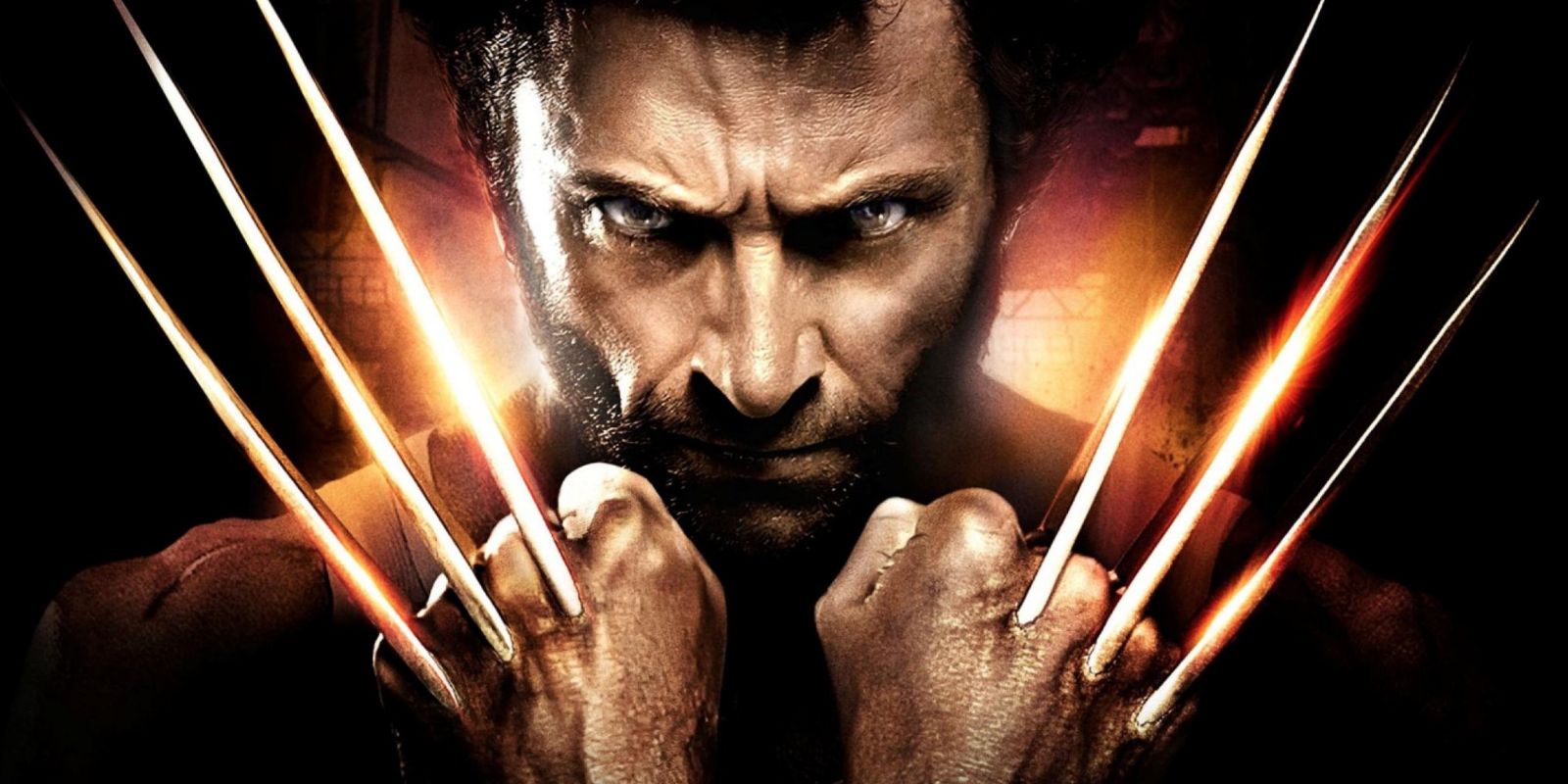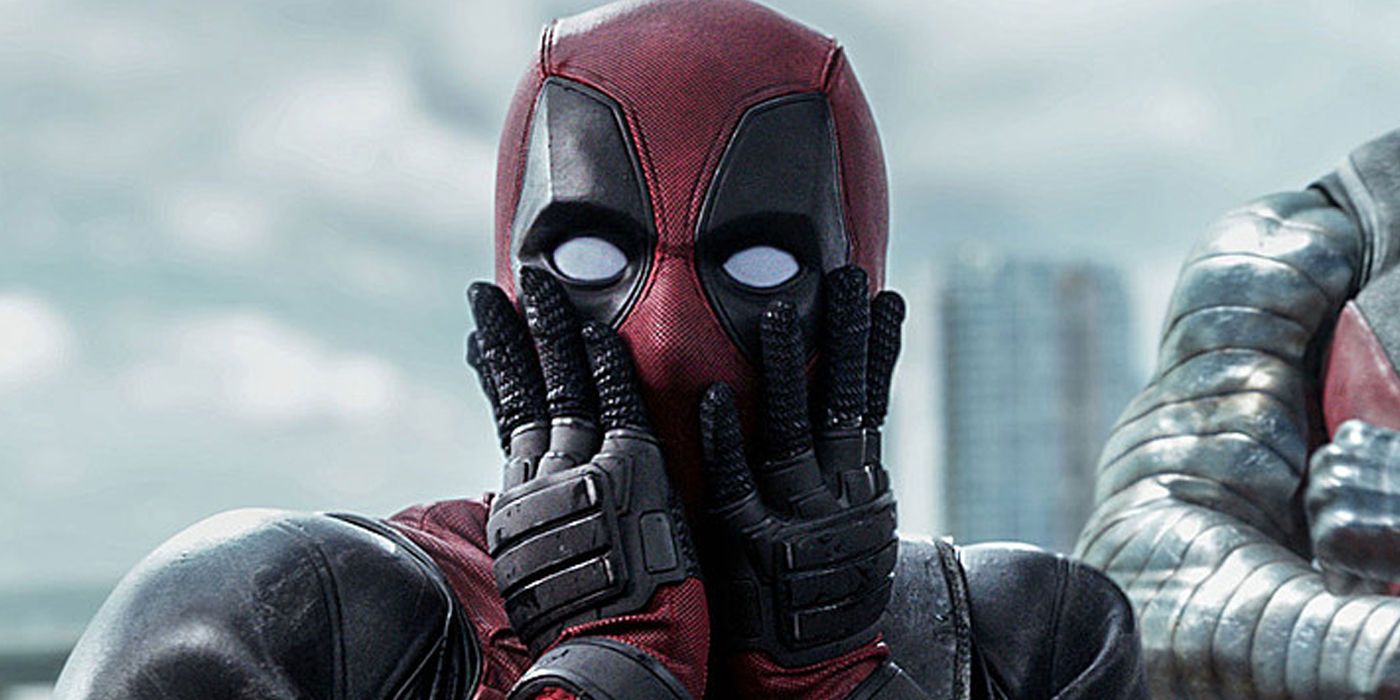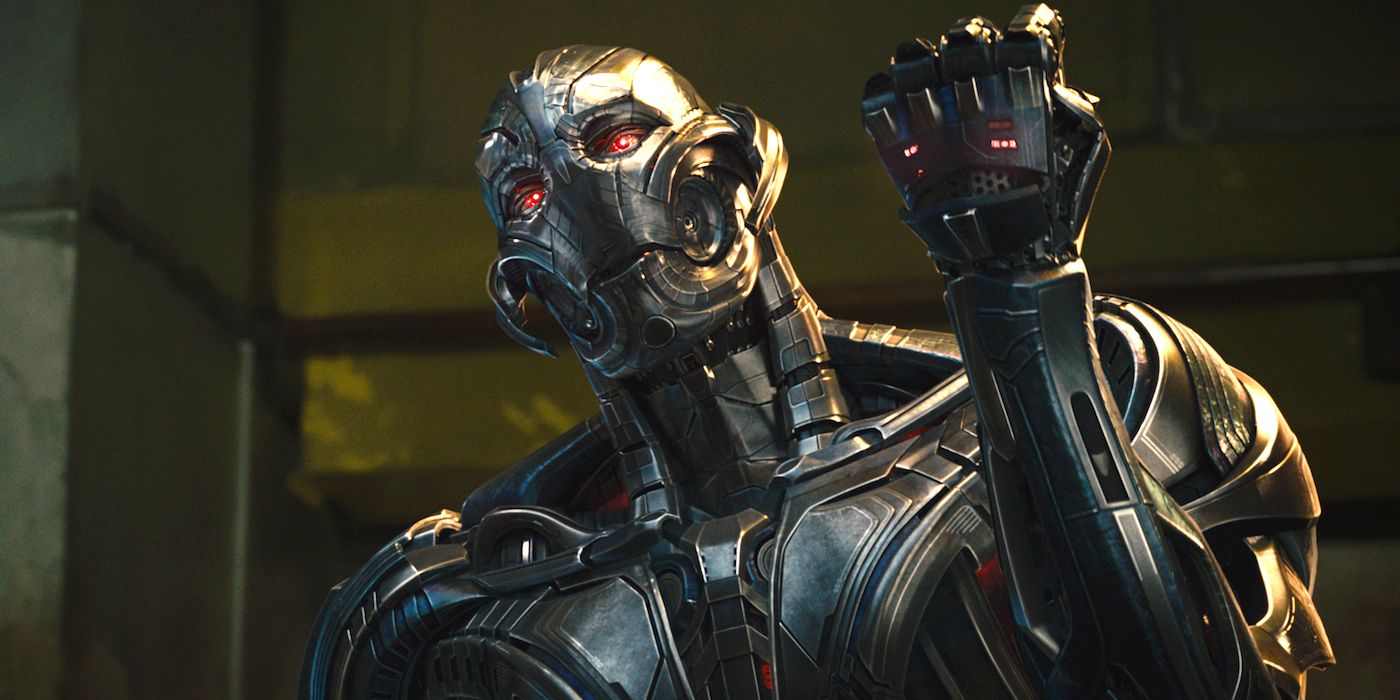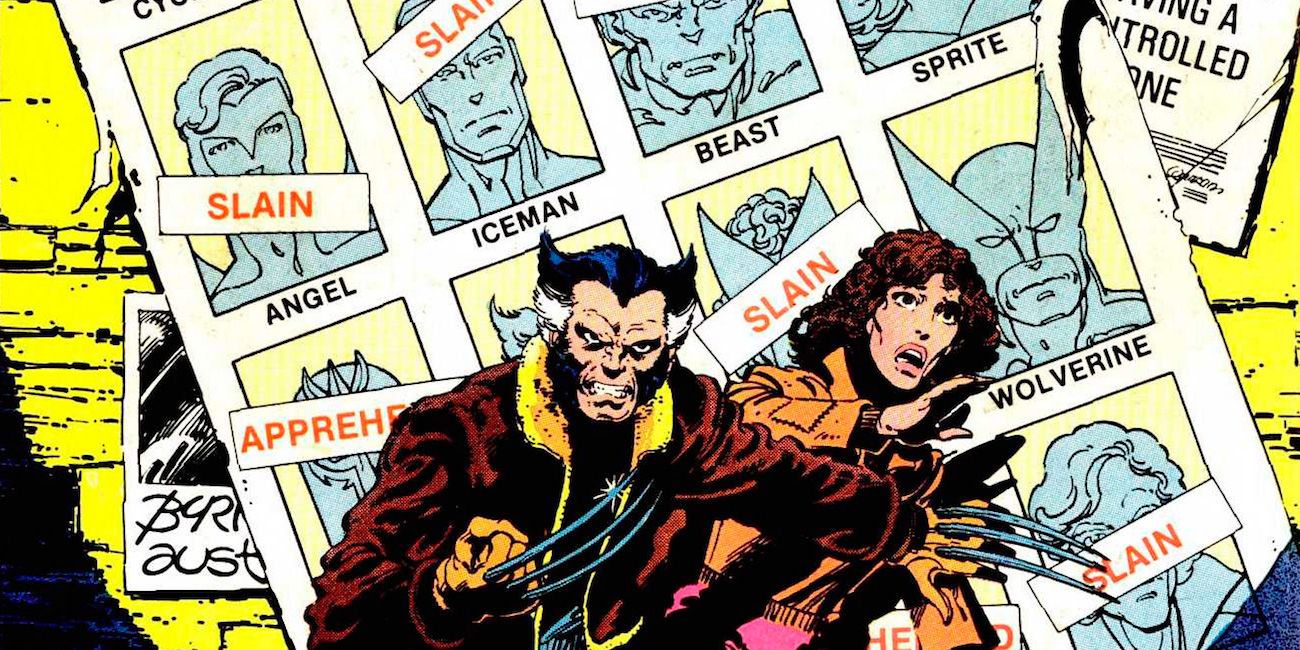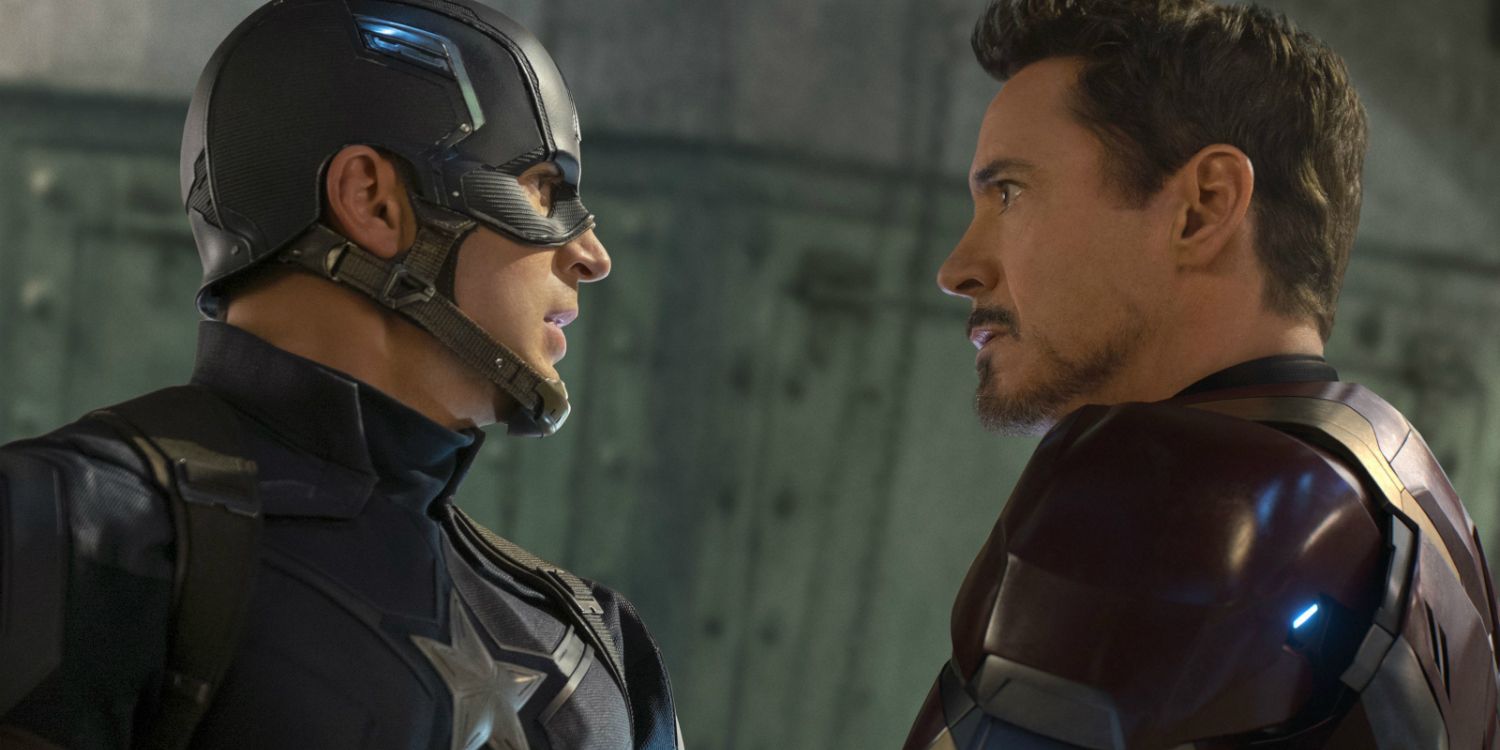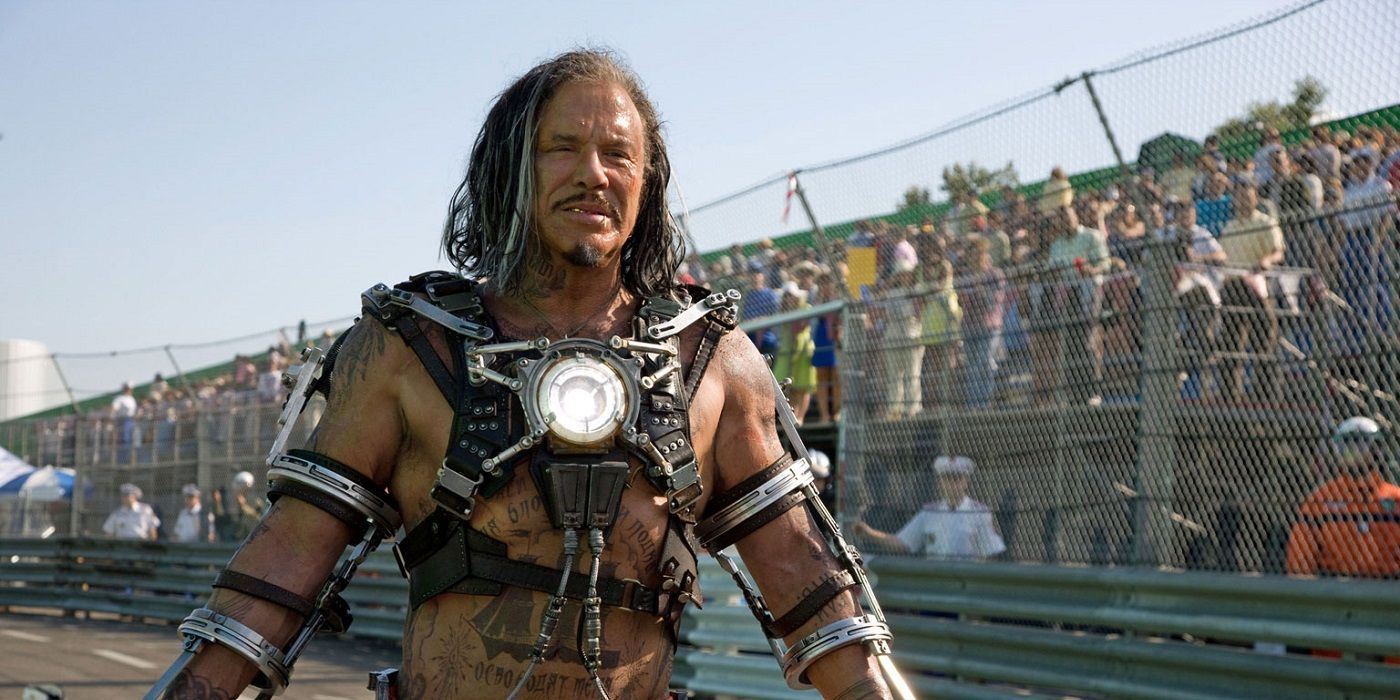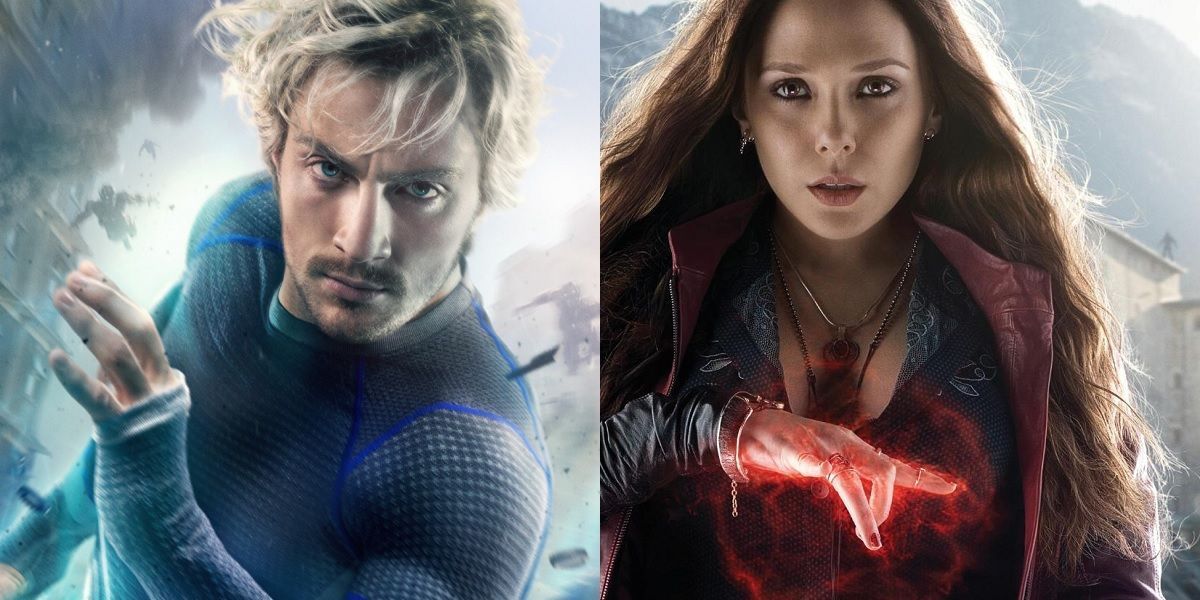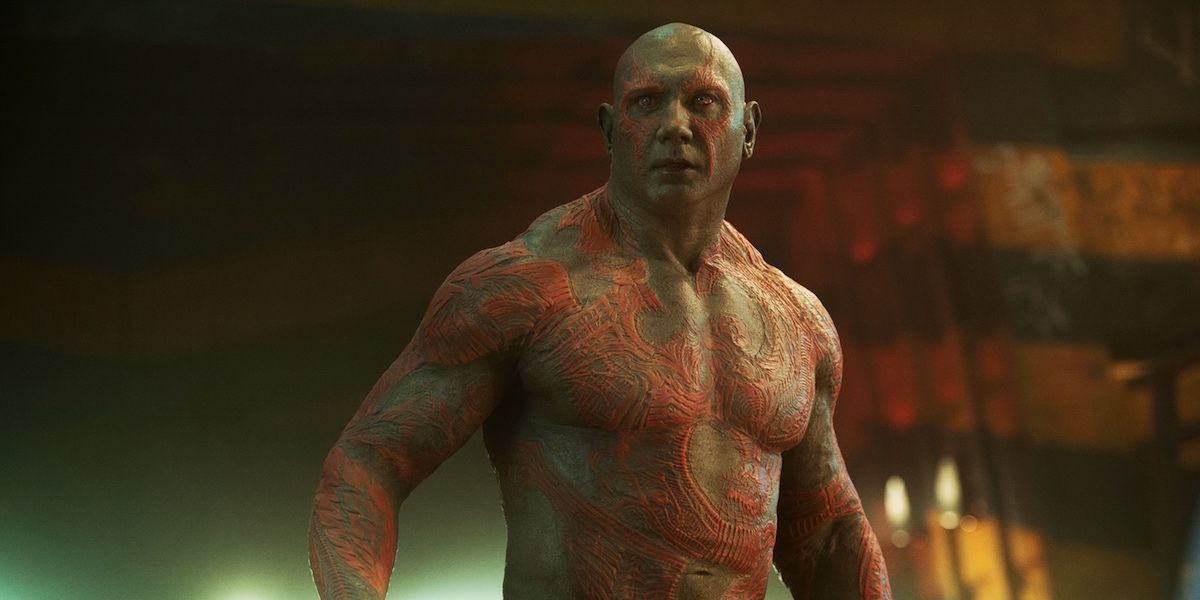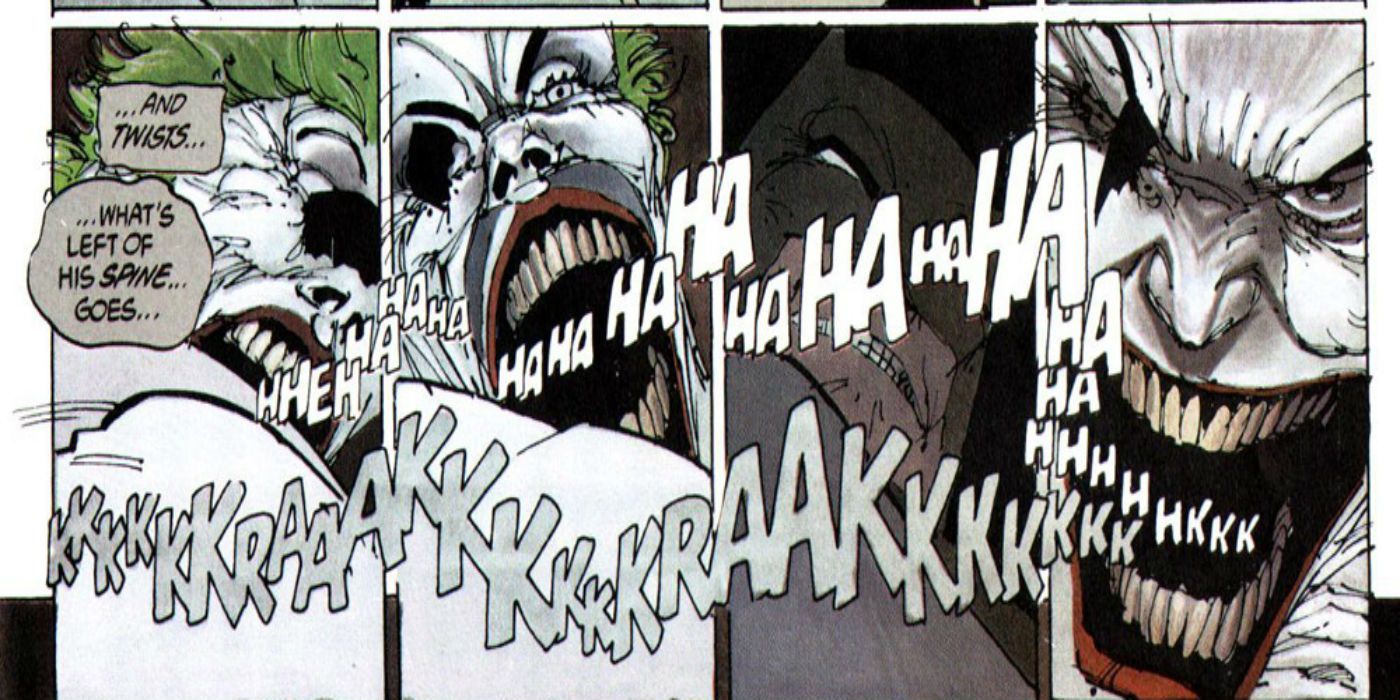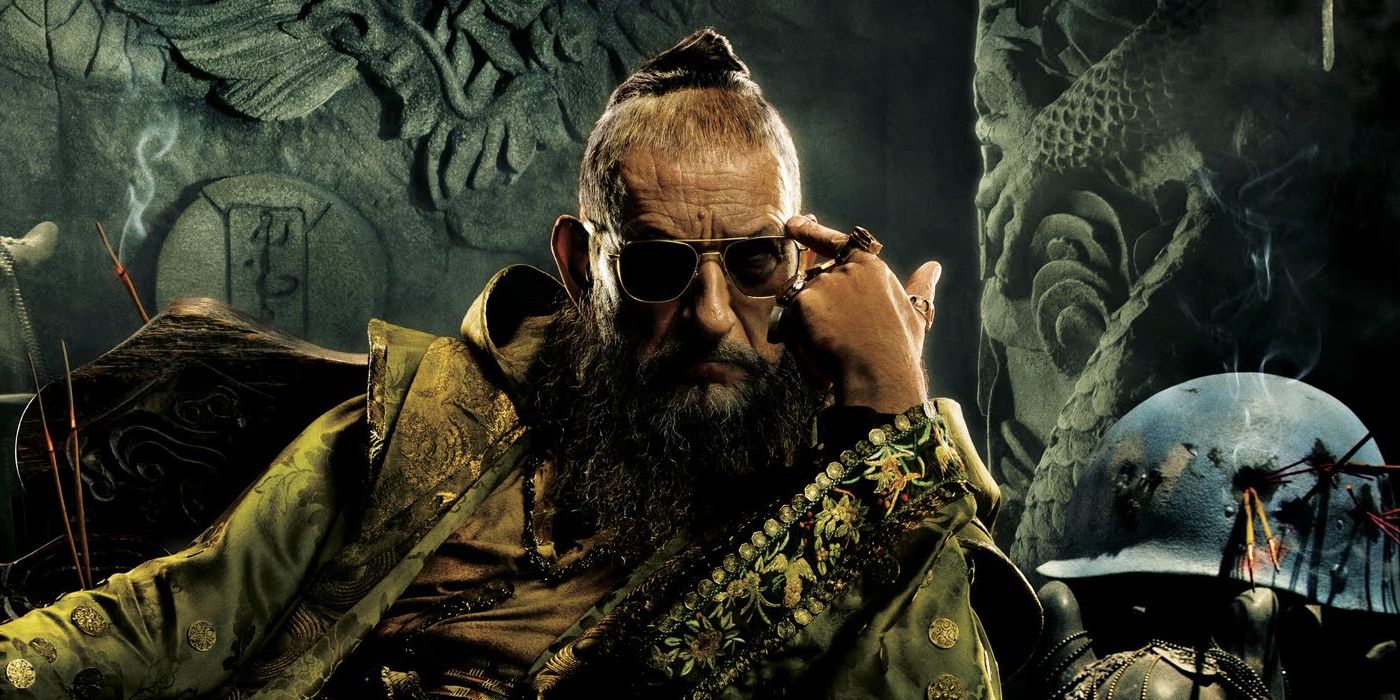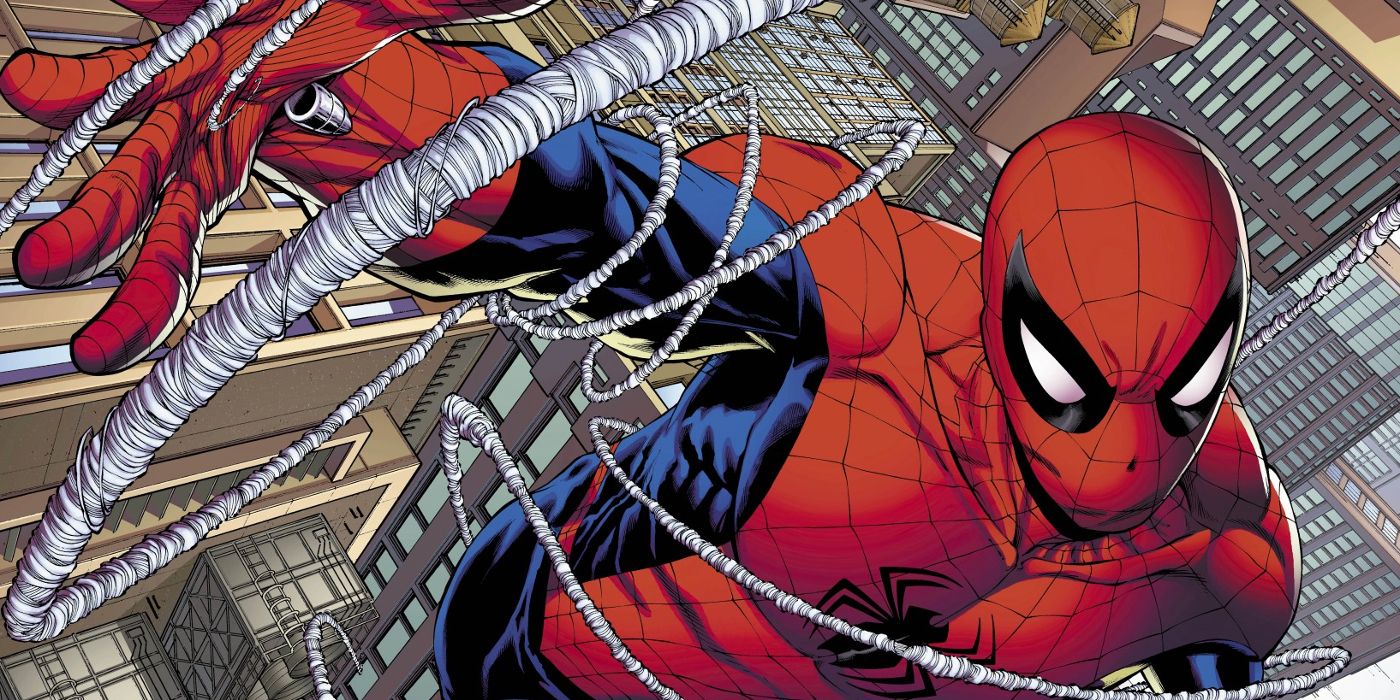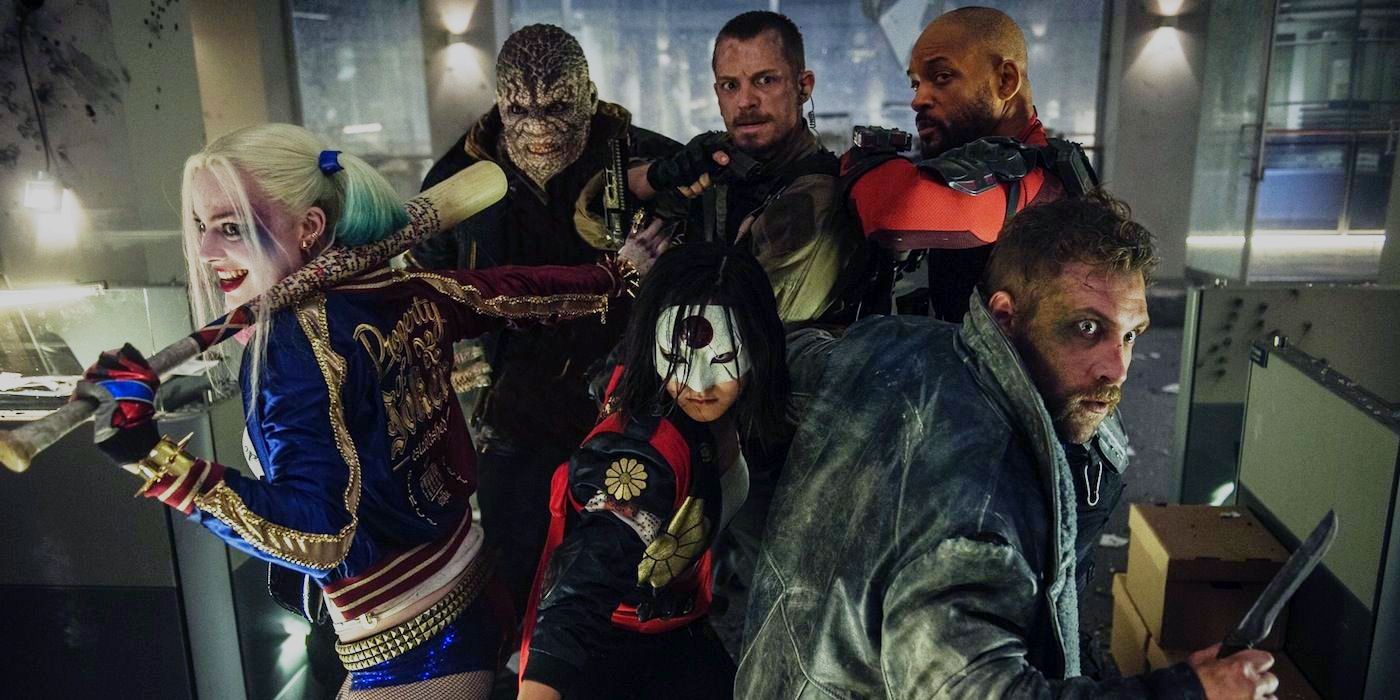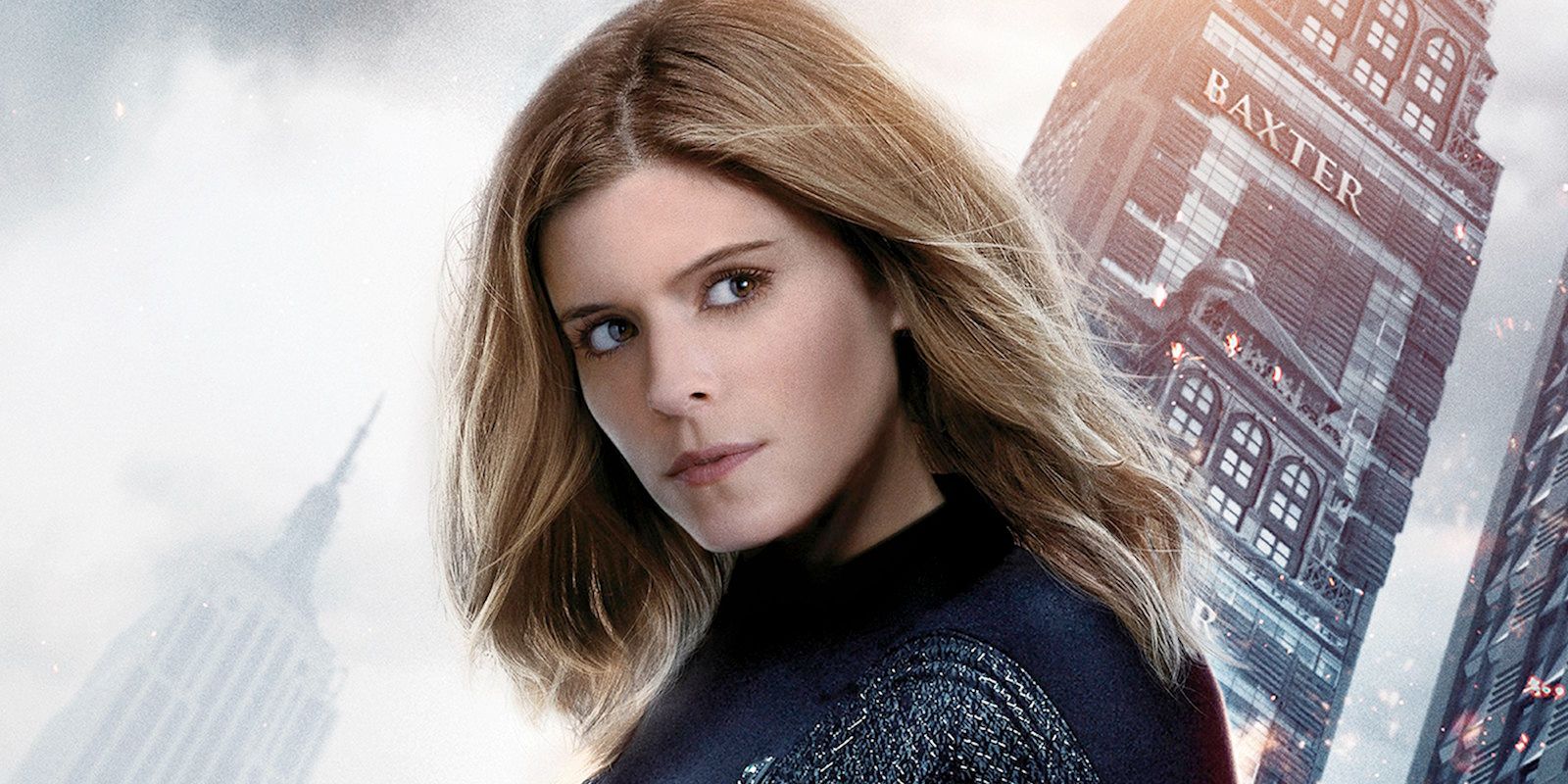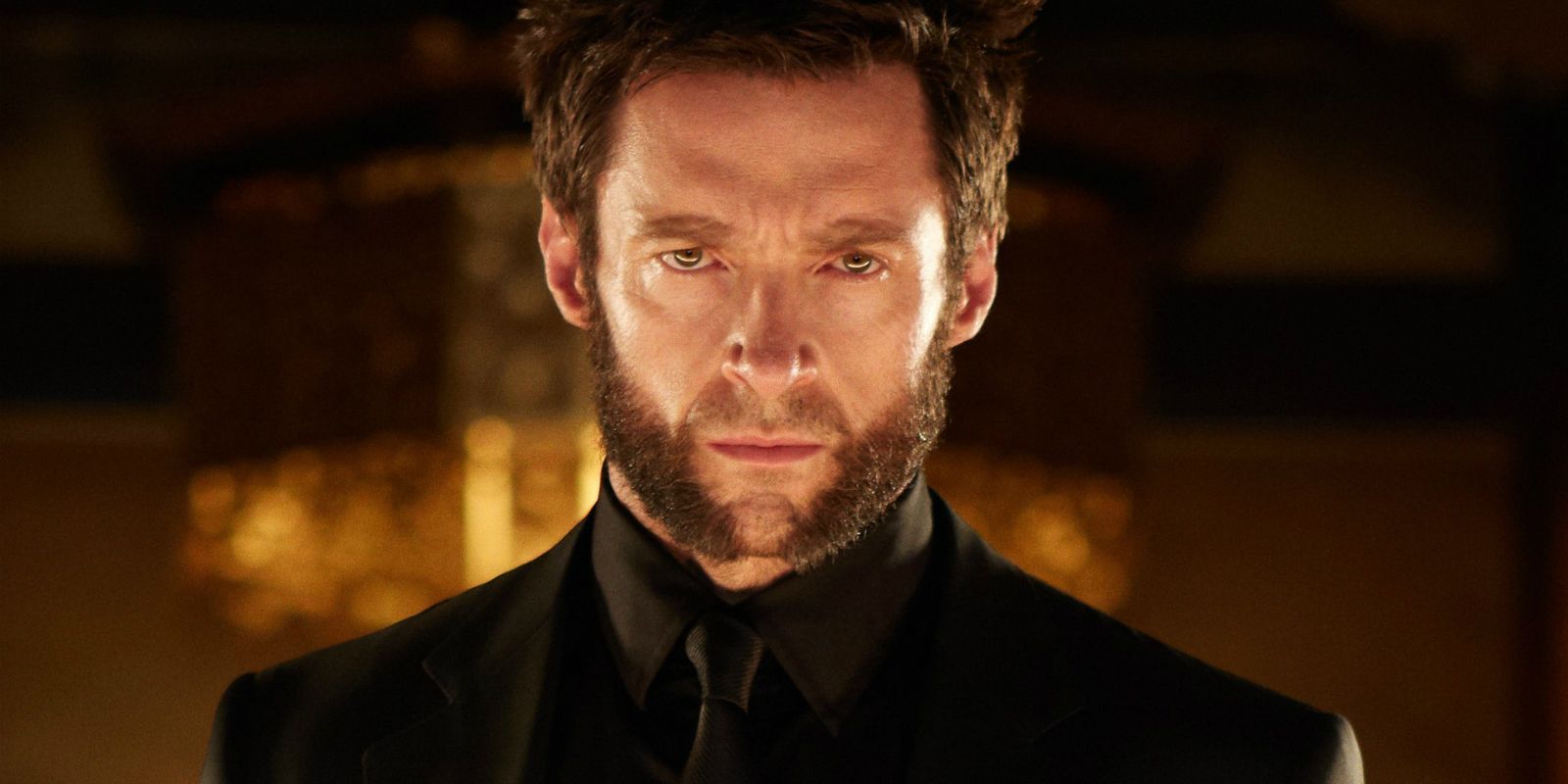Comic book superhero movies are just about the biggest thing on the planet right now. Captain America: Civil War, Deadpool, Batman v Superman, and Suicide Squad are among this year's biggest hits. X-Men: Apocalypse did strong enough business as well, and Doctor Strange is right around the corner. The Justice League movie and further Avengers sequels are also on the way, so it seems safe to say that superhero flicks are here to stay.
However, in adapting classic comic book stories for the big screen, changes are often made to characters, settings, and aesthetics. Sometimes they're for the better, but sometimes, film adaptations strip beloved characters of what made them special in the first place. Just compare Deadpool in 2009's X-Men Origins: Wolverine to his own self-titled 2016 film. The differences are astounding. Let's take a look at some cases where elements from the original comics were changed for the film adaptation. Here are 15 Glaring Differences Between Superhero Movies And Their Source Material.
15. Costume Differences
To quote Cyclops, "What would you prefer, yellow spandex?" An outspoken minority of fans hate the X-Men films for refusing to show Wolverine in his original comics uniform, but let's face it: that skin-tight yellow-and-blue ensemble just wouldn't translate to film, especially back in 2001, when the first X-Men movie hit theaters.
What looks good on the page doesn't always translate to the big screen, depending on the tone of the movie. Most movies pick a middle ground between classic imagery and modern sensibilities. Man of Steel ditched Superman's iconic red "strongman" trunks for the sake of morbid seriousness, and the fandom was divided, with some enjoying the updated look, and others bemoaning what they perceived as an unnecessary change. In Captain America: The First Avenger, Cap's original comic look makes an appearance as the uniform that Steve Rogers wears for his war films and USO tours. When he finally enters combat, he dons a version of the uniform with muted colors and other changes for practical utility.
Villains are susceptible to this, as well. In 2002's Spider-Man, though the titular hero's outfit is practically identical to its comic book origins, Green Goblin gets his cloak and skin-tight outfit replaced with a type of futuristic armor. Spider-Man 2 sees Doctor Octopus's skin-tight green suit (everything in comics is skin-tight, apparently!) replaced by a thrown-on trenchcoat. In Spider-Man 3, Sandman's costume is ripped straight from the comics... But Venom underwent a drastic redesign. Ultimately, audiences were much more receptive to Sandman than Venom, largely due to the many changes in characterization and design from the comics.
14. Deadpool Dissonance
In February 2016, Deadpool became a huge critical and box-office hit, thanks in large part to its fidelity to the comic book; Deadpool wore an identical costume to his comic book self, and was just as violent, foul-mouthed, and self-aware as the printed version. However, Ryan Reynolds's first turn as the Merc With A Mouth didn't show the same adherence to its source material.
In X-Men Origins: Wolverine, Wade Wilson appears in the first act as a PG-13 version of himself, cracking jokes and kicking butt, albeit bloodlessly and without harsh language. When he reappears at the end of the film, he has his mouth sewn shut by the villainous Stryker (Danny Huston) and is given a plethora of mutant powers he didn't have in the comics, like shooting lasers out of his eyes and having adamantium blades coming out of his arms like Baraka from Mortal Kombat.
It was a noble attempt at subverting the character, showing how Wolverine made the right choice by not sticking with Stryker, but most fans did not appreciate the numerous changes to Deadpool's aesthetic and characterization. At least Reynolds made the most of his chance to make it right, turning Deadpool into the biggest R-rated movie of all time, beating the likes of The Matrix Reloaded, The Passion of the Christ, and American Sniper at the global box office.
13. Who Created Ultron?
In the comics, Hank Pym created Ultron, a robot who becomes self-aware and quickly decides to exterminate The Avengers. In the 2015 movie, Avengers: Age of Ultron, the premise of the villainous AI remains, but Hank Pym is nowhere to be seen, despite Ant-Man, starring Michael Douglas as Hank Pym, being in development at the same time.
In Age of Ultron, Tony Stark enlists Bruce Banner to help him create an artificial intelligence which will make The Avengers obsolete, protecting the Earth from all harm and allowing Earth's Mightiest Heroes to retire for good. Using technology from Loki's scepter, including the Mind Stone (one of the Infinity Stones) the two scientists create Ultron, who promptly decides that the best way to protect the planet is to annihilate all of humanity. While Ant-Man makes passing references to the events of Age of Ultron, Hank Pym's hands are clean of any and all wrongdoing related to the creation of the genocidal psycho-bot.
12. Days of Future Past Time Travel Changes
The Days of Future Past story from 1981 featured Kitty Pryde sending her consciousness back in time 30 years to prevent a dystopian future in which humans and mutants alike are slaughtered by Sentinels, mutant-killing robots. In the film, however, it is Hugh Jackman's Wolverine who is sent back to his younger body, though Pryde uses a hitherto-unknown mutant power to facilitate the time-travel.
Hugh Jackman is the face of X-Men films, the lead actor in the series, and one of the biggest stars in the world. Simply put, Ellen Page lacks the international star power of her co-star. Also, the original story had the character traveling between 1981 and 2013. The film is set during 1973, but the future is around 2023 or so; the movie version of Kitty Pryde had yet to be born in 1973, and so an older mutant was required for the story that Bryan Singer wanted to tell in this film.
11. Superhuman Registration Act vs The Sokovia Accords
In Marvel's massive Civil War event, Iron Man and Captain America were divided by the Superhuman Registration Act, which would have required superpowered heroes to register with their governments, revealing their secret identities to the state. Iron Man was a champion of the bill, while Cap was adamantly opposed to registration, arguing that superheroes are not supposed to be tools of the government, and their secrets are theirs alone to keep.
Hardly any of the heroes in the Marvel Cinematic Universe have secret identities, so the SRA was modified to fit within the framework of the MCU. Captain America: Civil War revolves around the Sokovia Accords, which demands that The Avengers report to a UN council. Tony Stark, guilty over the creation of Ultron, the aforementioned killer robot who killed hundreds of innocent people, believes that The Avengers need oversight. Cap, on the other hand, refuses to be beholden to the will of such a council; what if they try to send The Avengers into an unjust battle? What if they refuse to send them to fight a battle which needs to be fought, due to political interests? Ultimately, it's a different way of getting to the core purpose of the original Civil War storyline, which is pitting Cap and Iron Man against each other in ideological, as well as physical, battles.
10. Backstory Dissonance
For the sake of brevity and fewer soap opera stylings, familial relationships in comic book movies are often stripped-down in comparison to the source material. In the X-Men comics, Mystique is Nightcrawler's mother; in X2: X-Men United, both characters appear, but there is no evidence that they're related. In the comics, Rogue was a member of the Brotherhood of Mutants who looked up to Mystique as something of a foster mother, but her early history was mostly a mystery. The first Bryan Singer film, meanwhile, wrote her as a teenage runaway who joined the X-Men while looking up to Wolverine as a surrogate father.
In Iron Man 2, Ivan Vanko, aka Whiplash, appears. This version of the character is actually a combination of two of Iron Man's rogues, Whiplash and Crimson Dynamo, inheriting the weapons of the former and the intellect, Russian backstory, and fondness for powered armor of the latter.
Sometimes, to switch things up and diversify the cast, a character's race may be changed. For example, in Josh Trank's much-derided reboot of Fantastic Four, Michael B. Jordan plays Johnny Storm, The Human Torch, after the character had previously been played by Chris Evans in the two Tim Story movies. The list of examples for both subtle and not-so-subtle character changes in films based on comics is practically endless. Sometimes it works for the best, and sometimes it doesn't.
9. Quicksilver And Scarlet Witch Aren't Mutants In Age Of Ultron
In the comics, Quicksilver and his twin sister, Scarlet Witch, are the mutant children of Magneto. Joss Whedon really wanted to include these two characters in Avengers: Age of Ultron, but Fox co-owned the rights to the characters, so compromises needed to be made. It was decided that the MCU versions of these characters could not be called mutants, nor could they have been involved in the X-Men or the Brotherhood of Mutants. Regardless of Whedon's original intent with these two characters, a change had to be made from the comics in order to use them in the film.
In Age of Ultron, Scarlet Witch and Quicksilver get their powers as a result of Hydra's science experiments conducted by Wolfgang Von Strucker using Loki's staff, the same device which was later used by Tony Stark and Bruce Banner to create Ultron. They're neither mutants nor Inhumans, but science projects, byproducts of the "age of miracles," as Strucker says in Captain America: The Winter Soldier.
8. Drax The Destroyer Hates Ronan, Not Thanos
In the comics, Drax the Destroyer wants revenge on Thanos for killing his family, and will go to any lengths to see Thanos dead. In the film version of Guardians of the Galaxy, Drax possesses a vastly different backstory than his comic book incarnation, and among the changes is a shift in the target of his bloodlust. Instead of Thanos, Drax has made Ronan the Accuser the object of his vengeful desire.
After finally aiding his allies in killing Ronan, Drax's appetite for revenge is not sated. Instead, he concludes that Ronan was just a pawn of the true evil in the universe, Thanos, and vows to continue avenging his family. It remains to be seen in Guardians Vol. 2 and future Avengers movies whether or not Drax will ever be able to lift himself up from under the relentless pain of loss and grief. Maybe, after the (presumably inevitable) defeat of Thanos at the end of the fourth Avengers film, Drax will find peace, or he'll become the intergalactic version of The Punisher... Crossover alert!
7. Batman Doesn't Kill... Or Does He?
Batman has a very strict "No-Kill" rule. He will break bones and temporarily cripple his opponents, but he never kills them. His restraint is what separates hims from the criminals he chases. That didn't stop Michael Keaton from going on insane murder-rampages in Batman Returns, nor did it prevent Ben Affleck from brutally killing dozens of people in Batman v Superman: Dawn of Justice.
BvS takes cues from the seminal Frank Miller comic, The Dark Knight Returns, a story in which Batman's "No-Kill" rule is bent beyond repair when Batman nearly kills The Joker by breaking his neck, after throwing a batarang right in his eye. Batman doesn't deliver the killing blow himself, but Joker is actually able to do the last part of the fatal neck snap on his own, content that he had pushed Batman as far as he could, which was far enough.
Batman v Superman also borrows imagery from an early scene in TDKR, in which a villain has a baby hostage, threatening to kill it. In BvS, Anatoli Knyazev has Martha Kent hostage in the same way, only with a flamethrower instead of a pistol. In TDKR, Batman, armed with an enemy's machine gun, fires a single shot, and Grace, as she is called earlier in the scene, goes down into the shadowed area behind her. There's a degree of ambiguity in the art as to whether Batman actually shoots Grace, but we're confident in saying that he does not, though he could have, and would have, if he had any doubt as to whether he could actually save the child. Meanwhile, in BvS, Batman shoots Anatoli's flamethrower canister and then safely covers up Martha just before the massive slow-motion explosion.
The difference? In The Dark Knight Returns, Batman is a noble fascist who adheres to his strict moral code and effectively uses fear to terrorize the criminals of Gotham City. In Batman v Superman, Bats is a straight-up psychopath who relishes the opportunity to kill his enemies as violently as possible.
6. Iron Man 3: The Mandarin
Iron Man 3 was hyped among long-time comics fans for being the debut of the legendary Iron Man villain, The Mandarin. Played by Ben Kingsley, this version of the character would eschew the Fu-Manchu stylings of his comic book incarnation and instead be a Bin Laden-esque Middle Eastern terrorist leader.
However, in one of the most fiendish twists of any superhero movie ever, it's revealed that The Mandarin is just a role being played by Kingsley's character, a hard-partying actor named Trevor Slattery. He was being supported by the true Mandarin, an arms dealer whose goal was to have control over both sides in the War on Terror. While critics loved the twist, some corners of the fandom were outspoken in their dislike for what they saw as a personal affront. The backlash was so bad that the short film, "All Hail The King," was created specifically to establish that the real Mandarin is still out there, should a fourth Iron Man film ever come to fruition.
5. The Punisher's Age
There's a passage in Fury: My War Gone By, by Garth Ennis, in which Nick Fury expresses disdain with those who obsess over American wars in Iraq and Afghanistan. To him, they are but child's play compared to the conflict in Vietnam, which he describes as "the greatest American f**k-up of all time.
Frank Castle, as he was originally written, was a Vietnam veteran whose family was killed in a mafia hit gone bad. Following this, Castle dedicated his life to waging a one-man-war on organized crime. In recent film adaptations of the character, his military service is always updated to the present-day conflicts in the Middle East.
The most famous Punisher stories are those written by Garth Ennis for Marvel's MAX imprint, which feature a nearly sixty-year-old version of the character brutalizing the criminals of New York City. Elements from those stories found their way into the films The Punisher, starring Thomas Jane, and Punisher: War Zone, starring Ray Stevenson, though both of those films downplay his military service. The character finally made his debut in the MCU earlier this year in season 2 of Daredevil, where his time in the military is played for tremendous drama, but the show still shies away from delving too deeply into the twisted psyche of a man who loves war so much, he brought it home with him. It remains to be seen whether his upcoming solo series on Netflix will follow suit.
4. Spider-Man's Organic Webshooters
Peter Parker may be a boy genius, but in the comics, he's also pretty dumb. After being bitten by a radioactive spider, he develops superhuman strength and speed, as well as the ability to crawl along walls like the eight-legged insects. However, it is Parker's own technical wizardry which leads to the development of his iconic web shooters, which allow Spider-Man to swing around the city and tie up the bad guys. In the comics, Peter Parker is always poor, struggling to pay the rent and buy presents for his girlfriend. It's something of a plot hole that the inventor of a technology like web shooters, which could revolutionize numerous industries, can't patent that formula and make a fortune without giving away his superhero identity.
In the 2002 Sam Raimi Spider-Man film, this inconsistency is resolved by having the web shooters be part of Parker's mutation. Instead of a proprietary technology, Spider-Man's webs are organic, produced inside his body. The 2010 reboot, The Amazing Spider-Man, took a third approach, by having Peter Parker lack the ability to produce webbing, but stealing the formula for Oscorp's "Bio Cable" and adapting them for his own use, remaining true to the original comics and preserving his technological prowess while making it clear that the actual web is not of his own design.
3. Suicide Squad: The Villains Are Hardly Villainous
Task Force X is a team of criminals who are coerced into doing covert missions for the US Government. The Suicide Squad, as they are known, only handle the toughest, most dangerous, and most morally dubious missions. The criminals themselves are the worst of the worst, remorseless killers and psychopaths with few redeeming qualities besides their skill at completing missions.
In the movie, Suicide Squad, the overt villainy of the Squad is mostly ignored, or merely paid lip-service. The first act of the film has the supporting cast talking about how awful all of these criminals are, but when they appear, they mostly seem decent enough. Unlike in the comics where Deadshot was a cold assassin-for-hire, Will Smith's version of the character is much more loyal to his friends and makes a point of only killing those who deserve it. Likewise, Captain Boomerang in the comics is always betraying his allies and just enjoys the chaos of battle, whereas in the movie, Jai Courtney's take on Boomerang just seems like fun, the sort of guy you'd want to grab a beer with.
Ironically, the most overtly villainous character in the movie isn't Killer Croc, or even The Joker, but Amanda Waller, who acts as a villainous Mary Sue, even killing her entire staff at one point because they "saw too much." She is responsible for the entire conflict of the movie, as well as the widespread destruction in its climax, but suffers no comeuppance for her numerous misdeeds.
2. Fant4stic: Sue Doesn't Go To Space
Josh Trank's reboot of Fantastic Four was eviscerated by critics and unanimously rejected by audiences. It attempted to reimagine the FF as a realistic group of kids who are transformed by other-worldly radiation and given horrible mutations. After struggling with the irreversible effects, they ultimately band together and use their powers to save the world.
Unfortunately, it didn't quite work out that way. The relationship between 20th Century Fox and Josh Trank was strained from the jump, with the budget being slashed just before shooting, causing numerous action sequences to be scrapped. Trank would reportedly feud with actors, nearly coming to blows with Miles Teller and being unprofessionally adversarial with Kate Mara, who played Sue Storm. Trank was then removed from post-production on the film, and extensive reshoots took place.
Fant4stic is barely recognizable as being based on the iconic Marvel comic, but one particular change which justifiably bothered a lot of people is the fact that Sue Storm doesn't go to space, or rather, Planet Zero. her teammates and Victor von Doom use the teleporter while drunk, and poor Sue is left completely out of the equation. When the boys return, she still gets blasted by the radiation and gains powers, but, intentional or not, it's just plain sexist that the one girl of the group is denied the opportunity to go where no one has gone before, even though she's always been part of the extra-dimensional trip in every comic book version of the FF origin story. The victim card that she's dealt was one of several problems with the latest adaptation of Marvel's First Family.
1. Hugh Jackman Is Way Hotter Than Comic Wolverine
Wolverine made his debut in a 1974 issue of The Incredible Hulk, and quickly became one of Marvel's most beloved and iconic characters, silly yellow costume notwithstanding. Wolverine is a little bundle of animalistic anger; standing at just five feet, three inches, Wolverine, as he was drawn in the old days, was a decidedly unattractive little man. When X-Men was in development as a feature film in the early '90s, Glenn Danzig of the Misfits was considered for the role, though he ultimately turned it down. Danzig is the right height, and anyone who has heard "Static Age" knows that Danzig can handle the anger of Wolverine.
When the X-Men film finally made it to production, Australian hunk Hugh Jackman was selected to play Wolverine after Dougray Scott was forced to drop out of the project. Jackman stands at an imposing six feet, two inches, and is handsome enough to have been named People Magazine's Sexiest Man Alive in 2008. Fans initially cried foul at his casting, but were quickly silenced when the film came out and Hugh Jackman won universal praise; despite being way taller and more handsome than the character is traditionally depicted, Jackman brought the character's feral intensity to life in a way that nobody could have anticipated. Plus, after the success of the new "hot" Wolverine, the comics version started to clean up a bit, ultimately looking a bit more like his statuesque silver-screen counterpart.
---
What do you think? Were these changes all for better, or worse? Was X-Men ruined or saved by Hugh Jackman and Anna Paquin? Sound off in the comments!

